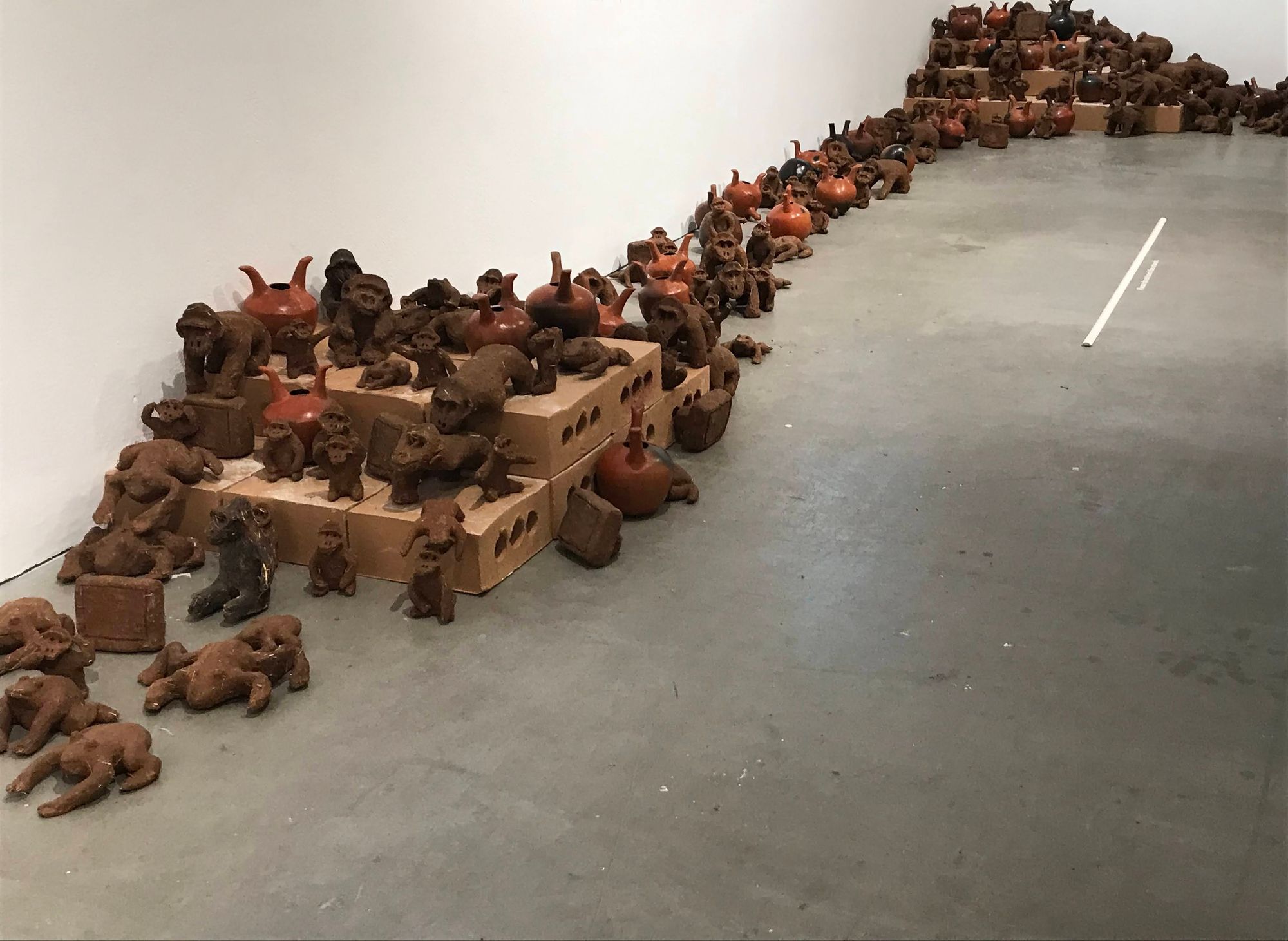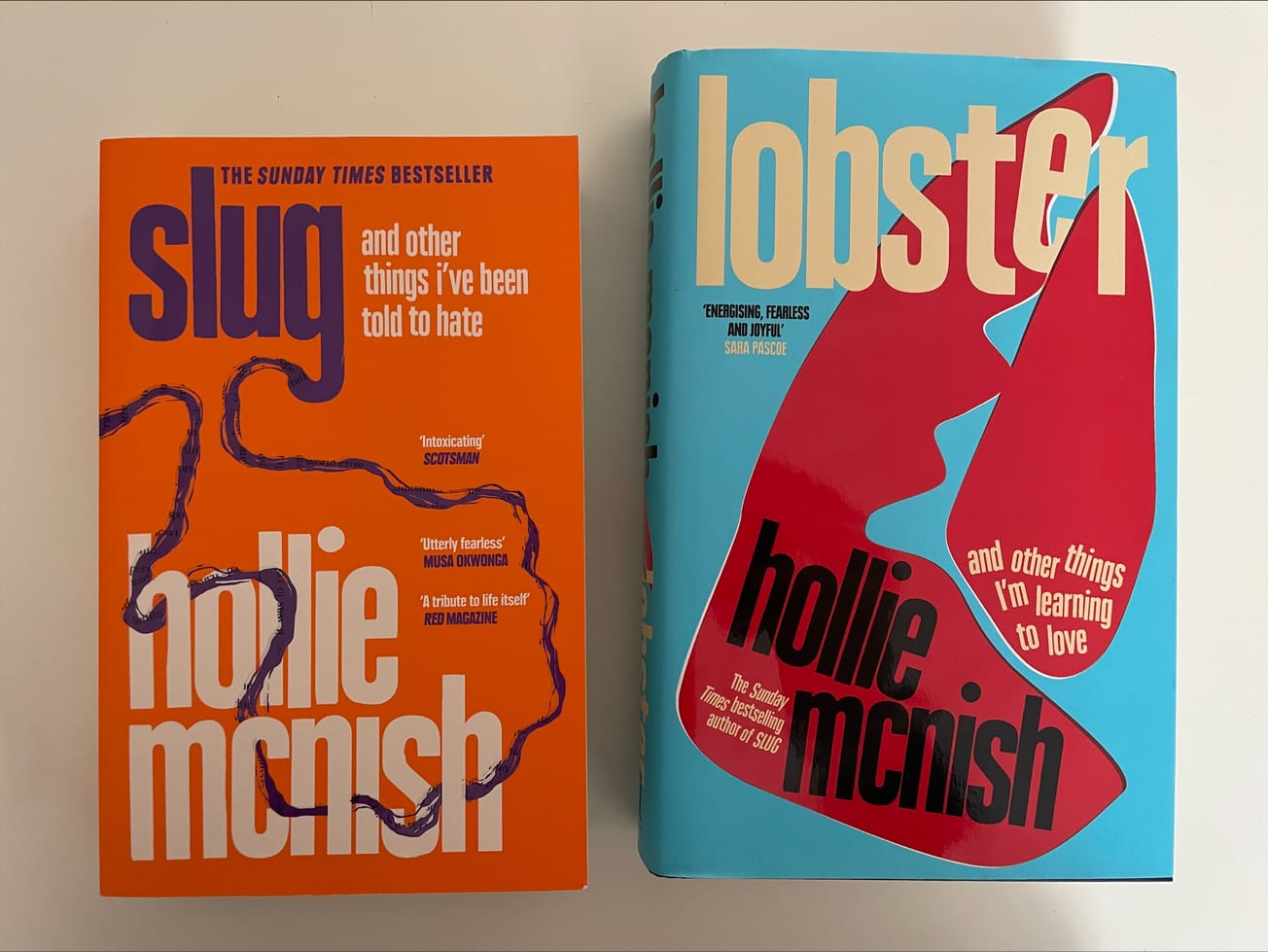By Noah Robinson, Second Year, Law
Like the masterful handling of his materials and creative process, Elias Sime expertly balances the aesthetic and the ethical in Eregata, his first major solo exhibition in Europe, currently at the Arnolfini.
The title Eregata emerges from a combination of Amharic, the artist’s language, and the ancient script of Ge’ez. It comes to its closest in English as ‘serene’, but there’s a particular irony in this. Rather than capturing a moment in time, the work is never truly still, drawing on the past, present and future of our natural world. The exhibition is fundamentally about material history: the fingerprints on the objects of our everyday use.
The gallery opens with Sime’s Tightrope series. These tapestries explore, as the title suggests, the moment where perfect balance turns into a fall from grace. Viewed from above, Sime produces maps of industrial activity. But coming closer, we see these lines are constructed by thousands of discarded scraps of human activity. There’s a cruel beauty in transforming this into intricately woven landscapes of wonder. Sime began collecting objects of curiosity from the age of 14 in his hometown of Chirgos and his present work retains this perhaps tainted sense of childhood wonder in its reclaiming of electrical wires, computer keyboards and circuit boards.

In earlier work, these commonplace objects record the ever-expanding networks of global trade. Yemegnot Allen is dominated by a mass of crashing waves from passing ships, leaving in its wake the horrors of environmental damage. It speaks to our broken harmony with the natural world and our instinctual drive to harvest and compete for its resources. There’s no critical thrust in his work, instead it is underscored in the process of creation: gathering and transforming toxic Western e-waste in the traditional Ethiopian practises of braiding and weaving. In his hunt for materials, Sime not only asks us to consider who these materials belong to but who is also responsible for where they ultimately end up.
The most complex piece is Tightrope: It is Green 8, the arguable culmination of the series. Tediously stripping wires by colours, Sime’s effort is beautifully visible in the striking crafting of flowers and leaves. Whilst this process naturally asks us to slow down, this is irreconcilable with the great urgency in the questions that Sime explores. But the title is also purposely dissonant: is the red of the canvas actually green? This hypothetical exercise requires us to re-examine our collective apathy in the destruction of our natural world.

Scattered throughout the upper gallery is Monkeys, Frogs and Television, a large-scale installation of ceramics. They are almost relic-like, the remnants of past landscapes before we destructively tore through them. The strange combination of animals and industrial objects speaks to our power and position in the natural world in the sharply contrasting softness of the monkeys and frogs and the sharp, geometric lines of the televisions.
The final paired Tightrope: ECHO?!, comparatively, are visually simplistic. Dominated by two megaphones, the work naturally asks for us to listen to the calls for change. The ambiguous figure is submerged into the canvas, silenced underneath a sea of blue wires, tightly twisting, crossing and constricting. As Sime, writes “sometimes you tell a story and the story stops. I’m waiting for this story to end”.
Drawing on a body of work of 22 years, Eregata delicately weaves together threads of history, responsibility and the environment in what is an undeniably unique interrogation of material history.
Featured image: Noah Robinson
'Eregata' is on display at the Arnolfini in Bristol until 18th February 2024.









